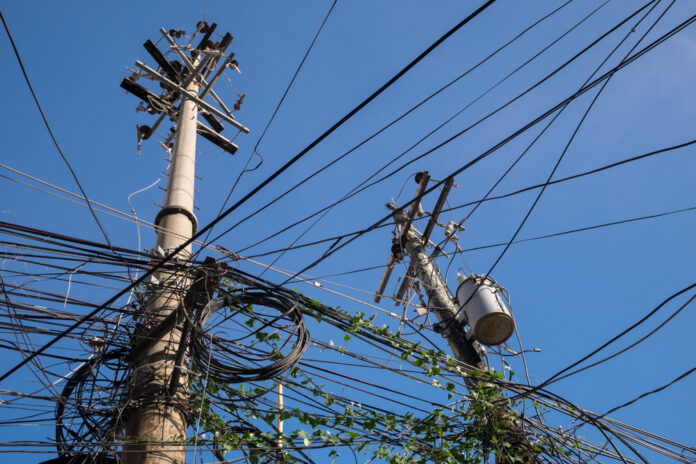The government is compiling data on utility poles and facilities of electric cooperatives (ECs) around the country whose geological position potentially conflicts with the road-widening program of the Department of Public Works and Highways (DPWH).
The National Electrification Administration (NEA) has agreed to come up with a unified pole relocation database that harmonizes with the objectives of the DPWH road expansion program.
The NEA said it signed a memorandum of agreement with the DPWH covering the various cooperatives’ service areas ensuring that all power distribution lines affected by public infrastructure projects from 2017 onwards are included in the unified database.
The agency pact reconciles and consolidates the DPWH master list with that of the NEA as those facilities become obstructions in road widening projects in the future.
The unified database will serve as basis for determining the funding needed to complete all electric pole or facility relocation projects affected by road expansion and construction activities.
NEA supervises all 121 electric cooperatives nationwide and regularly monitors distribution system parameters such as systems loss and reliability, circuit kilometers and substation capacity to ensure they remain operationally reliant and technically efficient in delivering services.







